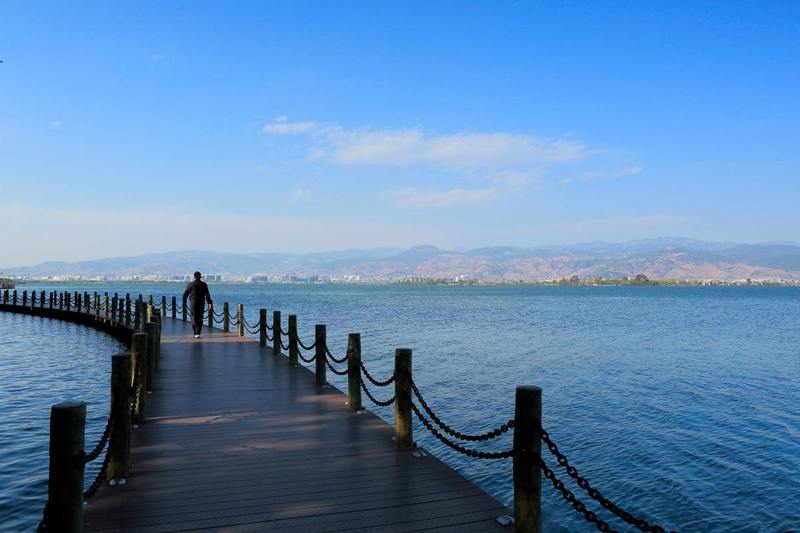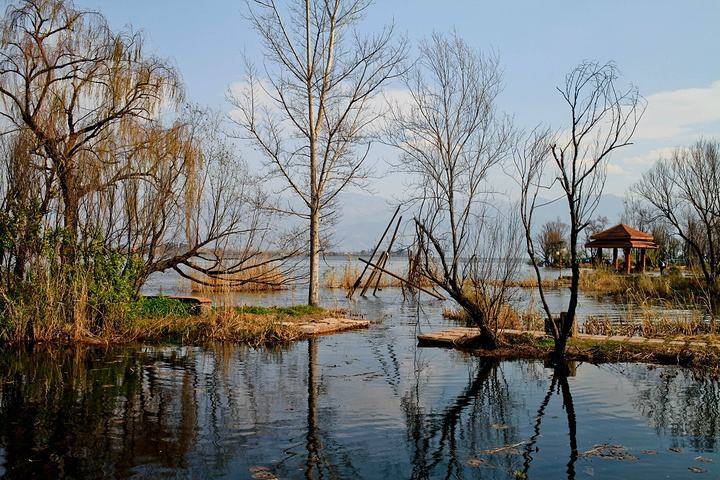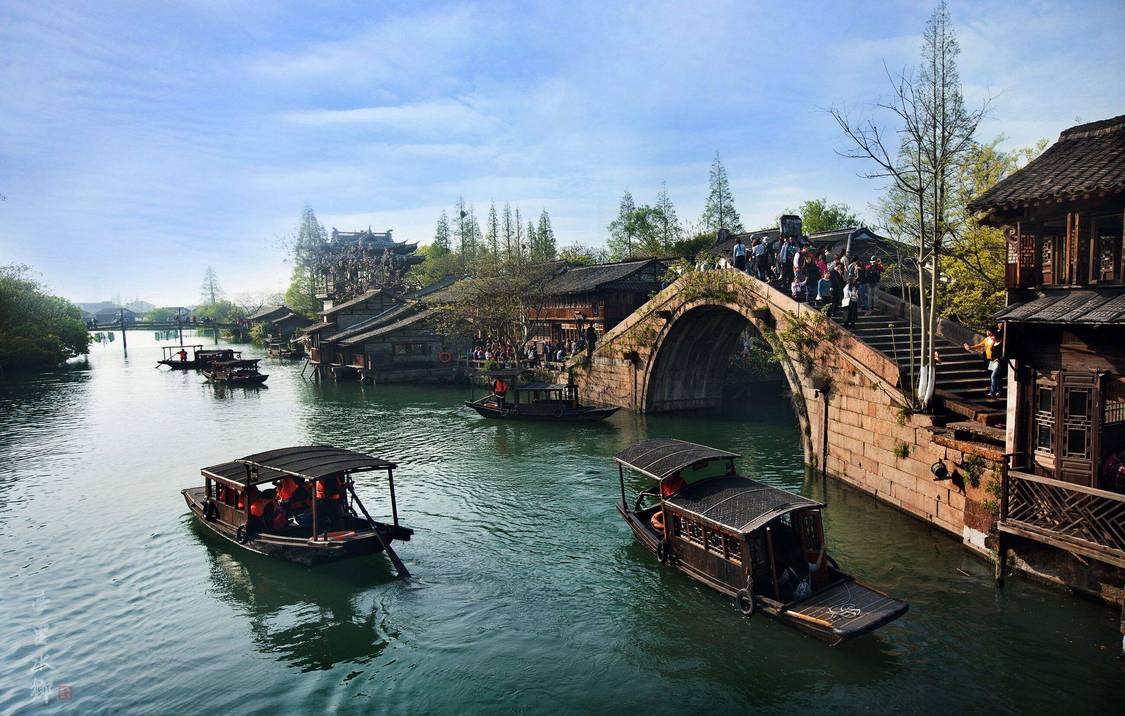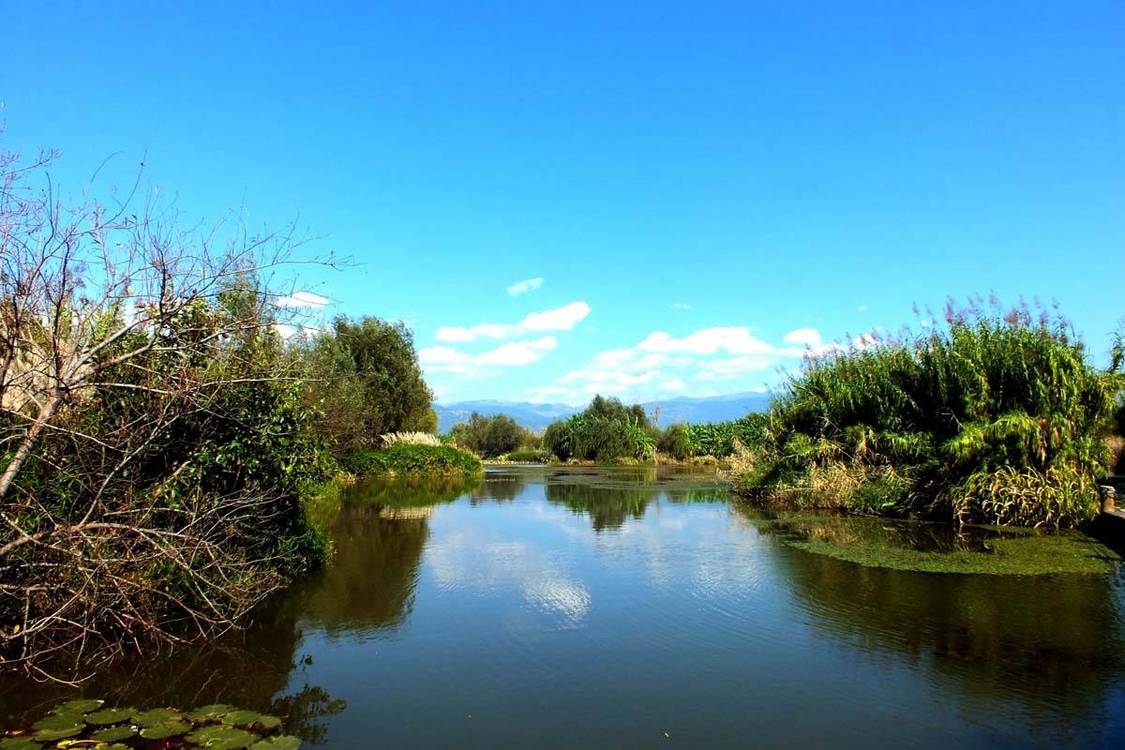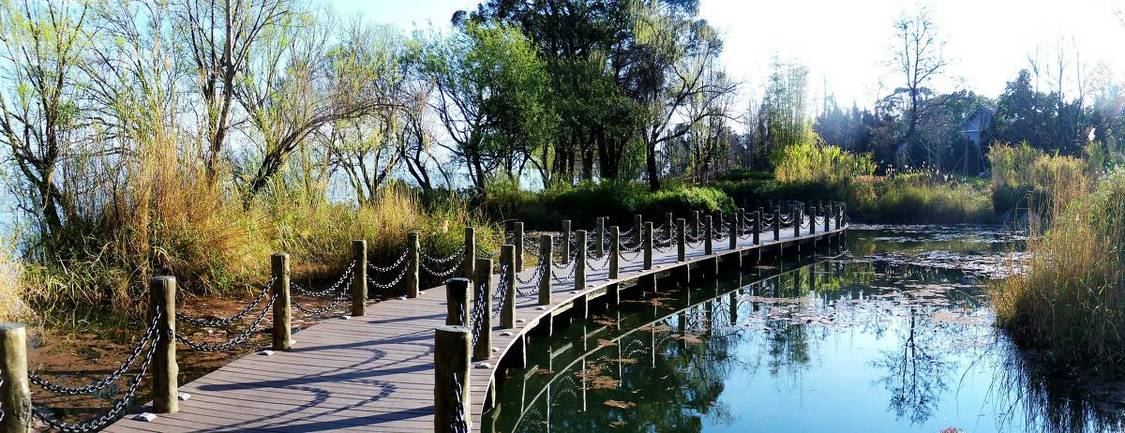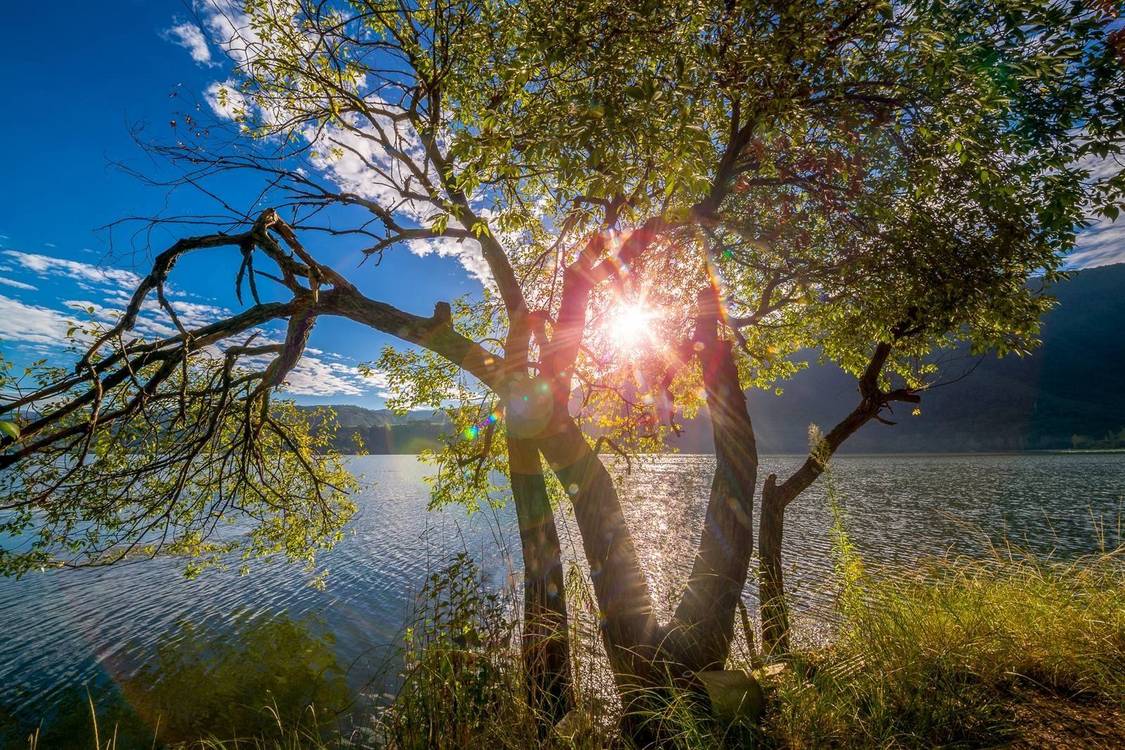Bird Watching Island
Bird Watching Island Wetland Park is located at the northern end of the west bank of Qionghai, east of Guanhai Road. Covering an area of 85,200 square meters, it is the first phase of the lakeside leisure trail project on the west bank of Qionghai. The main attractions are composed of five themed tour areas: Subtropical Style Area, Haimen Bridge Fisherman's Bay Area, Source of Life Area, Blessing Core Area, and Willow Shade Fishing and Bird Watching Area.
Dream Water Town
'Dream Water Town' wetland starts from the Xiaohai in the first phase of the Bird Watching Island Wetland Protection Area in the south, reaches the outlet of the Xinhai River in the north, borders the Qionghai coastline in the east, and extends to the pedestrian fitness trail on Binhai Road in the west. The main landscape consists of the ecological protection forest walking tour belt, the wetland water sightseeing belt, the botanical garden wetland area, the egret beach aquatic plant viewing area, and the natural wetland restoration area, forming a 'two belts and three areas' group. The natural wetland restoration area accounts for more than 80% of the total area.
Misty Rain Egret Island
'Misty Rain Egret Island' Wetland Park is a lake wetland located at the junction of the city and the scenic area, reducing the distance between the city and Qionghai to 1 kilometer. It is a rare secondary wetland within the city. Misty Rain Egret Island focuses on the restoration of the natural wetland of Qionghai Plateau freshwater lake and features the reconstruction of bird habitats in southern China of international significance. It highlights multiple functions such as ecological education, eco-tourism, biodiversity protection, and water environment protection. 'Misty Rain Egret Island'—northward, you can see the magnificent ancient city; southward, the vast Qionghai; westward, the towering mountains; and eastward, the sun and moon shining together. The natural ecological scenery—can be toured, appreciated, and touched. The poetic and picturesque environment—integrates mountains, water, and emotions, creating a natural beauty that seems to be crafted by nature itself.
Xiboheying Wetland
Located on the west bank of Qionghai Lake, Xiboheying Wetland (Phase IV of Qionghai Wetland) is an ecological project, a bright sea project, and a livelihood project implemented by the municipal party committee and government to 'create an internationally important wetland and build a modern ecological garden city in Xichang.' The wetland restoration and construction cover an area of 1,750 mu. Xiboheying Wetland is connected to Moonlight Town in the north and Qionghai Bay Hotel in the south, stretching 3.5 kilometers. It links the entire west bank of Qionghai Lake into a vibrant green landscape chain and ecological dynamic corridor.
Dream Flower Sea
'Dream Flower Sea' wetland is connected to the 'Misty Egret Island' wetland in the north, covering an area of 8,341 acres with an estimated investment of 2.57 billion yuan. It will focus on flowers, showcasing the biodiversity of Qionghai under excellent climate and light-heat conditions, constructing a 'Four Seasons Flower Sea' wetland ecosystem. The project will emphasize soil and water conservation at the estuary and the restoration of the delta wetland, while also eliminating sediment accumulation, which is the biggest threat to the safety of the Qionghai ecosystem.
Dream Back to Countryside
Dream Back to Countryside Wetland is connected to the 'West Wave Crane Shadow' Wetland. It has a planned area of 4600 acres and an estimated investment of 1.4 billion yuan. The focus will be on the restoration of highland freshwater lake wetlands and the reconstruction of habitats for rare fish and birds. The aim is to create a premium wetland eco-tourism attraction and a modern agricultural planting demonstration window, forming 'two axes, three belts, six major tourism nodes, and six major modern agricultural planting demonstration zones'.
